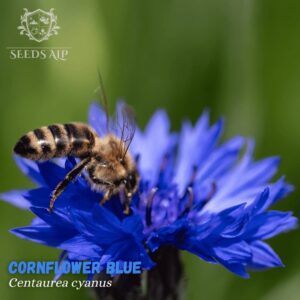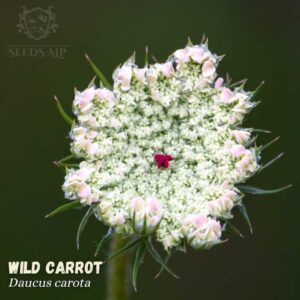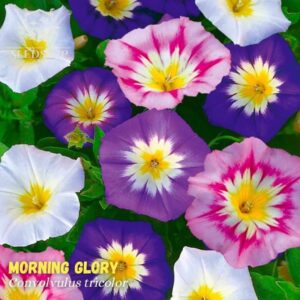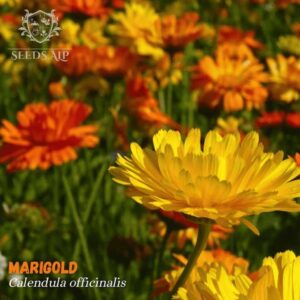Address
114 Liechtensteinstrasse Vienna - Austria
Work Hours
Everyday: 8AM - 23PM
Address
114 Liechtensteinstrasse Vienna - Austria
Work Hours
Everyday: 8AM - 23PM
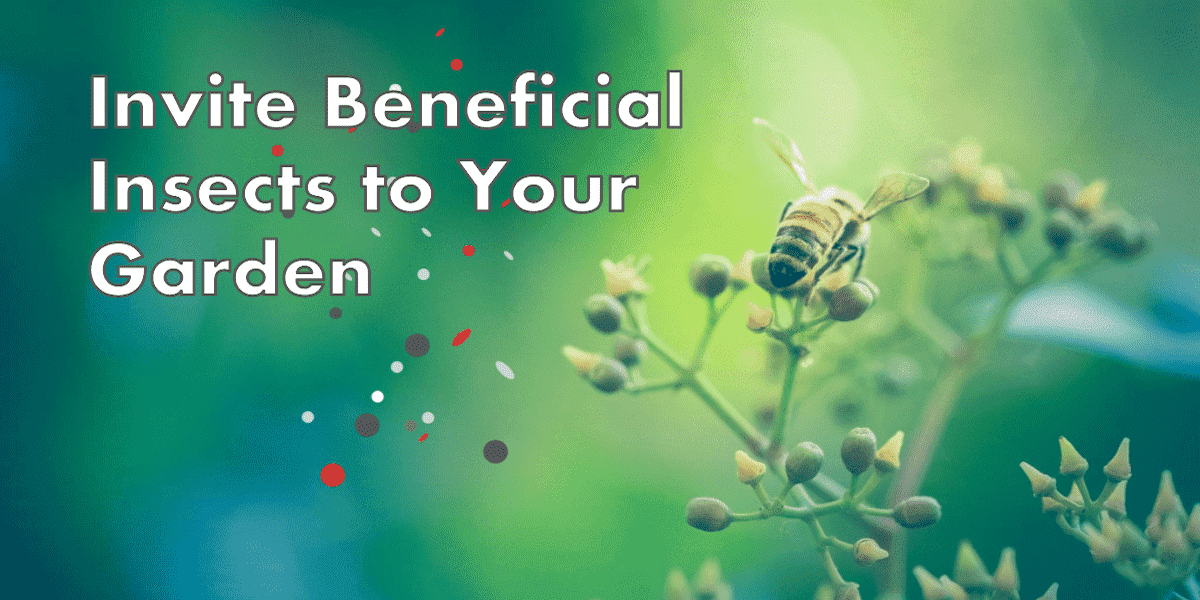
Attracting Pollinators: Welcome to our comprehensive guide on attracting pollinators. Our goal is to help you create a thriving habitat for beneficial insects.
At SeedsAlp, we believe in the power of nature and its essential role in maintaining a healthy ecosystem. By implementing the strategies and techniques outlined in this article, you can do your part to support pollinators and enhance the biodiversity of your garden or landscape.
Pollinators, such as bees, butterflies, and hummingbirds, are crucial for the reproduction of flowering plants. These beneficial insects and birds transfer pollen from the male part of a flower to the female part, enabling the production of seeds and fruits.
This process is essential for the sustainability of plant species and the production of many crops that humans rely on for food.
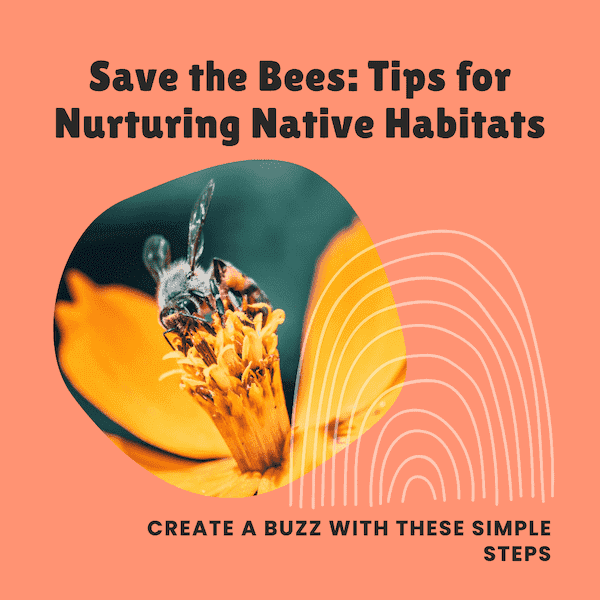
Pollinators are the unsung heroes of our ecosystem, but they are facing an unprecedented crisis. These vital insects, responsible for pollinating one-third of the world’s food crops, are rapidly declining due to habitat loss, pesticide use, and climate change.
Without pollinators, our food security would be jeopardized, and the health of our ecosystems would suffer immensely. It is imperative that we take action to protect these essential creatures.
Here are some ways to help:
By taking these steps, we can help protect pollinators and ensure a healthy ecosystem for generations to come.
To attract pollinators, it’s important to select a variety of plants that provide abundant nectar and pollen throughout the growing season.
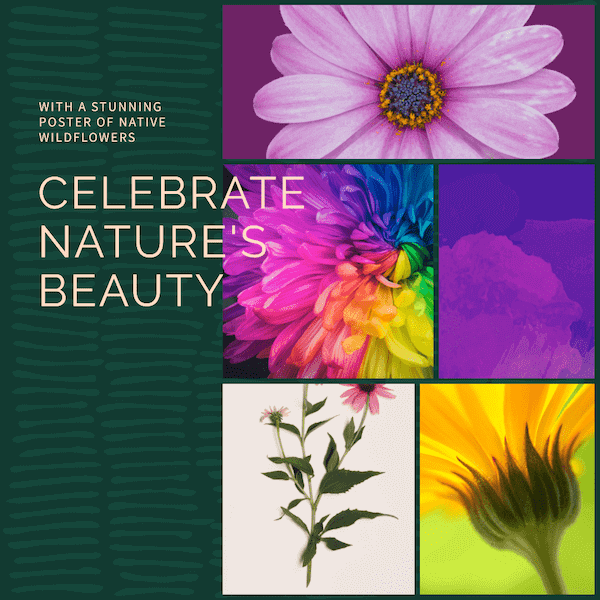
Native plants are particularly valuable as they have evolved alongside local pollinators and are well-adapted to the region’s climate and soil conditions. Some popular native wildflower species that attract pollinators include:
Native plants are the foundation of a pollinator-friendly garden. These plants have evolved alongside local pollinators over millennia, providing the ideal nourishment and habitat for these beneficial creatures.
Native plants have deep roots that make them resilient against environmental stressors, requiring minimal maintenance compared to non-native plants.
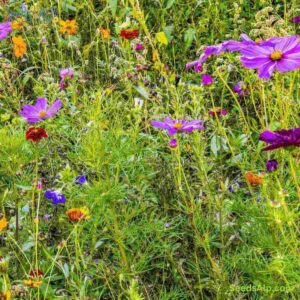
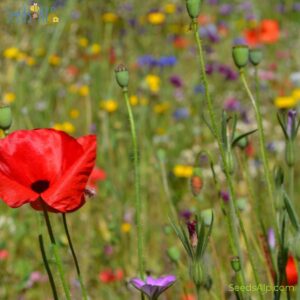
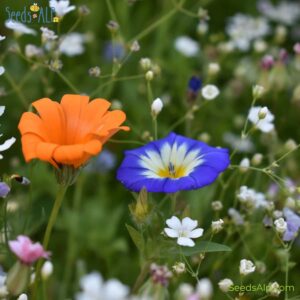
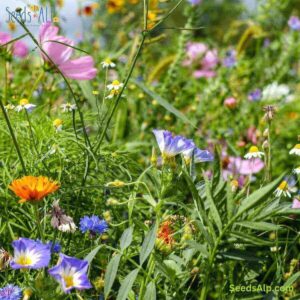
By incorporating native plants into your garden design, you can create a thriving ecosystem that supports a diverse array of pollinators.
Here are some benefits of using native plants:
Embrace the beauty and ecological benefits of native plants by incorporating them into your garden design.
Transform your garden into an oasis for pollinators by embracing a diverse array of blooms that span the seasons.
To create a continuous banquet for pollinators, select plants with staggered blooming periods. This will attract pollinators throughout the year.
Here are some tips for creating a garden that provides a perpetual source of nourishment for pollinators:
From the vibrant hues of spring wildflowers to the autumnal brilliance of asters and goldenrod, a tapestry of blooms will keep pollinators buzzing with delight.
Pollinators need safe places to rest and nest. Here are some ways to provide shelter and nesting opportunities for different pollinator species:
Providing shelter and nesting opportunities for pollinators can help support a thriving ecosystem in your garden.
Here are some benefits of incorporating pollinator-friendly features into your landscape:
By incorporating these features into your landscape, you can create a welcoming environment for pollinators and support a healthy ecosystem.
Native bees are the unsung heroes of pollination. These solitary insects are responsible for pollinating a vast array of plants, including many of our food crops.
Here are some ways to nurture native bees:
Native bees nest in small cavities or hollow stems, so providing sheltered areas and nesting boxes can help support a thriving population.
Here are some benefits of fostering a welcoming environment for native bees:
By fostering a welcoming environment for native bees, you can help support a healthy ecosystem and ensure the continued pollination of plants that sustain our lives.
Butterflies, with their delicate wings and vibrant colors, are captivating creatures. They can bring a touch of magic to our gardens. However, butterfly populations are declining due to habitat loss and pesticide misuse.
To create a butterfly-friendly garden:
By creating a hospitable haven for butterflies, you can enhance your garden’s beauty and contribute to the conservation of these precious pollinators.
Pollinators require water not only for drinking but also for maintaining their body temperature. Create a shallow water source, such as a birdbath with small pebbles or marbles, to provide them with a safe place to access water without the risk of drowning.
Chemical pesticides and herbicides can be harmful to pollinators and other beneficial insects. Whenever possible, opt for organic pest control methods and choose plants that are naturally resistant to common pests.
Integrated Pest Management (IPM) techniques can help strike a balance between pest control and pollinator conservation.
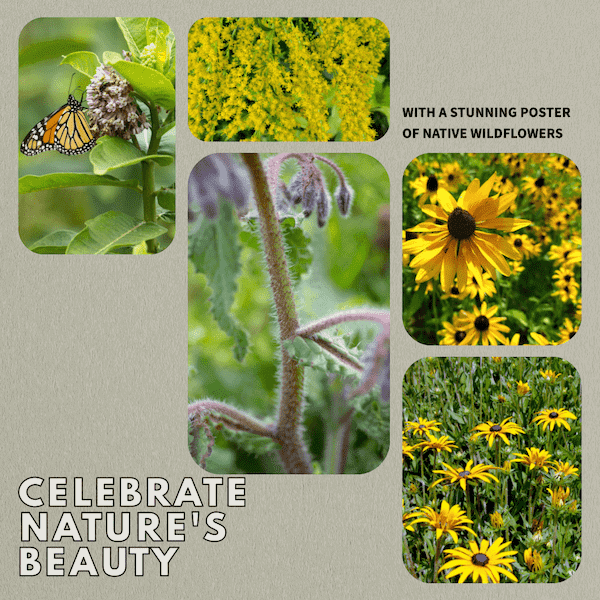
Grouping plants of the same species together in clusters creates a visually striking display and makes it easier for pollinators to locate and access their preferred nectar sources. Large, continuous patches of flowers are more attractive to pollinators than scattered individual plants.
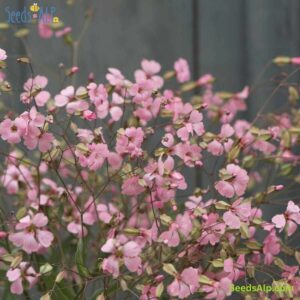
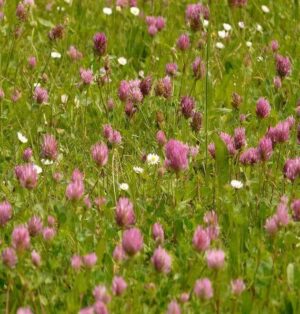
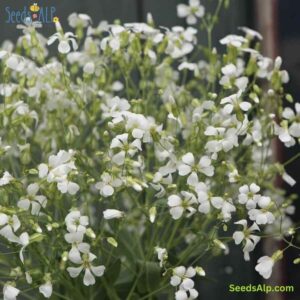
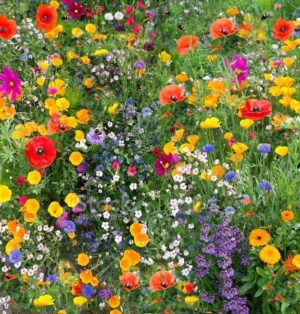
To transform your garden into a pollinator paradise:
These focal points will become vibrant hubs of activity, attracting various pollinators and enlivening your garden with their buzzing presence.
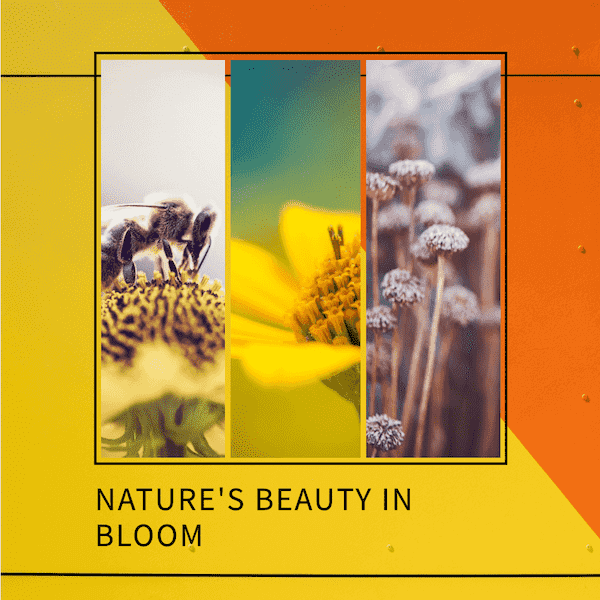
Different pollinator species have specific preferences for flower shapes and colors. By incorporating a diverse range of flowers with varying shapes, sizes, and colors, you can attract a wider array of pollinators.
For example, hummingbirds are particularly drawn to tubular-shaped flowers, while butterflies are attracted to flat-topped clusters of flowers.
Your garden can be a captivating spectacle for both you and nature’s pollinators by embracing a vibrant palette of colors. Just as a musical symphony harmonizes diverse melodies, a garden symphony harmonizes a chorus of colors, each with its own allure for pollinators.
Reds, like the fiery blooms of salvia and poppies, evoke energy and excitement, beckoning hummingbirds and long-tongued bees. Oranges, like the cheerful blossoms of marigolds and zinnias, radiate warmth and cheer, attracting butterflies and a variety of beetles. Yellows, like the sunny faces of sunflowers and coreopsis, exude optimism and vitality, drawing in a multitude of insects, including bees, butterflies, and flies.
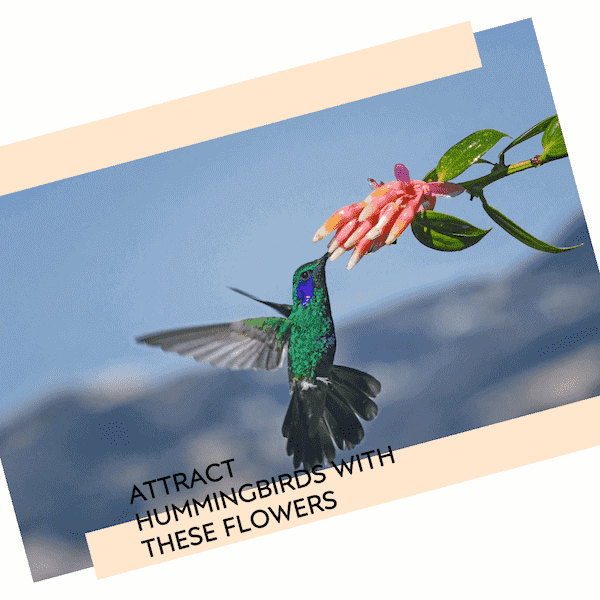
Blues, like the serene petals of delphiniums and forget-me-nots, convey tranquility and peace, inviting bees and butterflies seeking a respite from their busy pollinating work. Purples, like the regal blossoms of lavender and hyacinth, signify royalty and elegance, captivating a range of pollinators, including bees and moths. Whites, like the delicate blooms of daisies and snowdrops, symbolize purity and innocence, attracting a variety of pollinators, including bees, butterflies, and beetles.
By incorporating a harmonious blend of colors throughout your garden, you’ll create a visual symphony that not only delights your senses but also attracts and sustains a diverse array of pollinators, ensuring a thriving ecosystem and a garden teeming with life.
To provide a consistent food source for pollinators, select plants that bloom at different times throughout the growing season. By incorporating early spring, summer, and fall-blooming plants into your garden, you can ensure a continuous supply of nectar and pollen for pollinators from early spring to late fall.
A year-round blooming garden:
By creating a year-round garden, you demonstrate your commitment to preserving the ecosystem’s delicate balance.
Maintaining adequate soil moisture is essential for the health and vitality of plants and the availability of nectar for pollinators. Ensure that your garden receives regular watering, especially during dry spells. Mulching around plants with organic materials, such as wood chips or compost, helps retain moisture, suppress weeds, and create a favorable environment for beneficial insects.
To create an optimal pollinator-friendly haven:
By nurturing pollinators’ well-being, you foster a thriving ecosystem that supports the abundance and diversity of life.
Regular maintenance and pruning are crucial for the overall health and longevity of your pollinator garden. Remove any dead or diseased plants promptly to prevent the spread of pests and diseases. Pruning flowering plants after they have finished blooming can encourage new growth and prolong the blooming period.
To maintain a pollinator-friendly garden:
By nurturing a balanced, pollinator-friendly garden, you contribute to the health and vitality of the ecosystem, ensuring the continued pollination of plants that sustain life.
Take time to observe the pollinators visiting your garden. By understanding their preferences and behaviors, you can make informed decisions about plant selection and garden design. Keep a record of the species you encounter and research their specific habitat requirements to further enhance your garden’s appeal to them.
To promote pollinator-friendly gardens and foster an appreciation for pollinators:
By advocating for pollinators and sharing your knowledge, you contribute to the preservation of our ecosystem and the vital services pollinators provide.
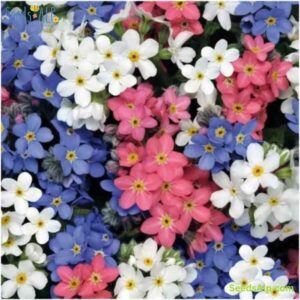
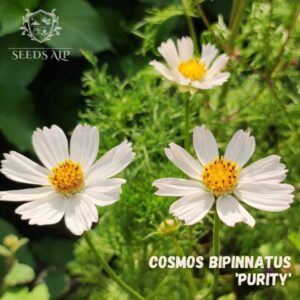
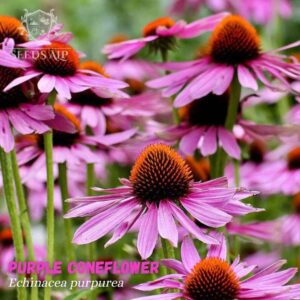
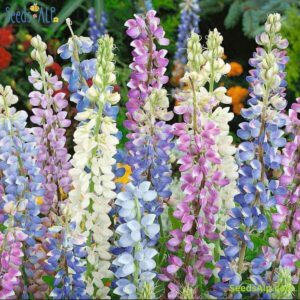
When pollinators thrive in your garden, they improve the pollination of fruit trees, berry bushes, and vegetable crops. This increased pollination leads to higher yields and an improved quality of the harvested produce. Your efforts in attracting pollinators can directly contribute to a bountiful and successful harvest.
To create a garden attractive to pollinators, use these tips:
By following these steps, you’ll create a thriving, pollinator-friendly garden and contribute to a healthy food supply.
A garden that attracts pollinators promotes biodiversity and supports a healthy ecosystem. By providing food and habitat for a wide range of beneficial insects, you contribute to the balance of nature and the overall well-being of your local environment.
Increased biodiversity also helps control pests naturally, reducing the need for chemical interventions.
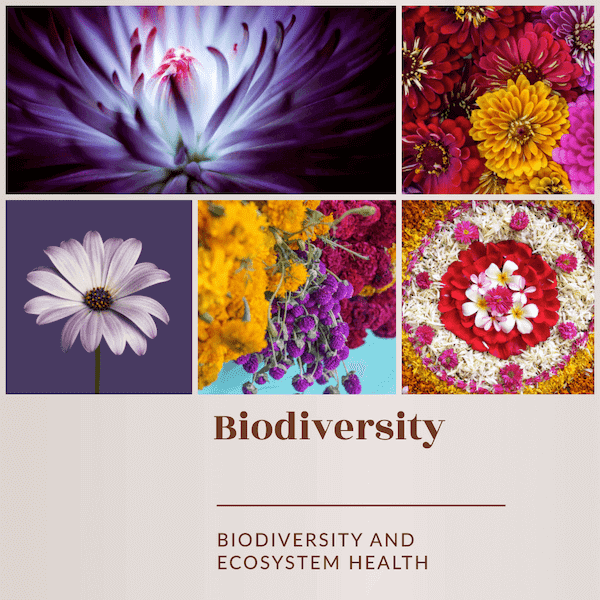
Pollinators, the unsung heroes of our ecosystems, weave an intricate tapestry of life, ensuring the survival and reproduction of countless plants. Their delicate work of pollination underpins the intricate web of life, from the forests that provide clean air and shelter to the wildflowers that adorn our meadows.
Without pollinators, ecosystems would falter, their delicate balance disrupted. Nurture the pollinators that visit your garden, and witness the ripple effect of their work, extending far beyond your garden walls.
A pollinator-friendly garden is not only functional but also visually appealing. The vibrant colors and lively activity of pollinators add a dynamic element to your outdoor space, creating a captivating and enjoyable environment for both you and your visitors. Watching butterflies flit between flowers or listening to the gentle buzz of bees can bring a sense of peace and connection with nature.
A pollinator garden is not merely a haven for beneficial insects; it is a symphony of colors, scents, and sounds that captivates the senses. Vibrant blooms in a kaleidoscope of hues entice pollinators, while their gentle buzzing fills the air with a soothing melody.
The dance of butterflies and the flutter of hummingbirds add a touch of magic and whimsy to the garden scene. Transform your garden into a vibrant oasis for pollinators, and experience the aesthetic delights of a garden alive with life.
Creating a thriving habitat for pollinators is a rewarding endeavor that benefits both your garden and the environment. By following the strategies outlined in this guide, you can attract a diverse array of pollinators and contribute to the sustainability of local plant species.
Remember, each small effort you make to support pollinators has a significant impact on the health of our planet. So, let’s join together and create a world where pollinators can flourish, one garden at a time.
